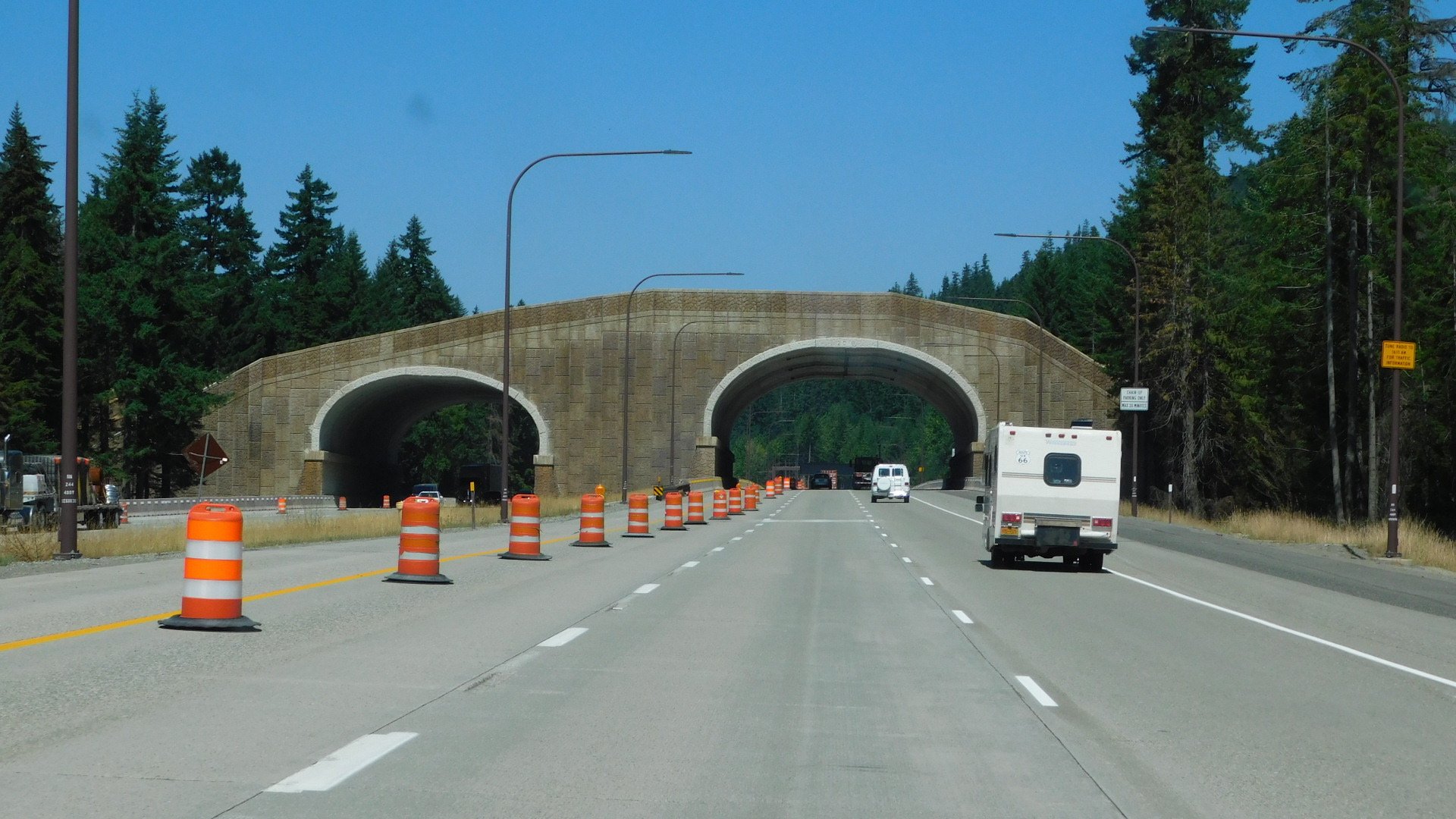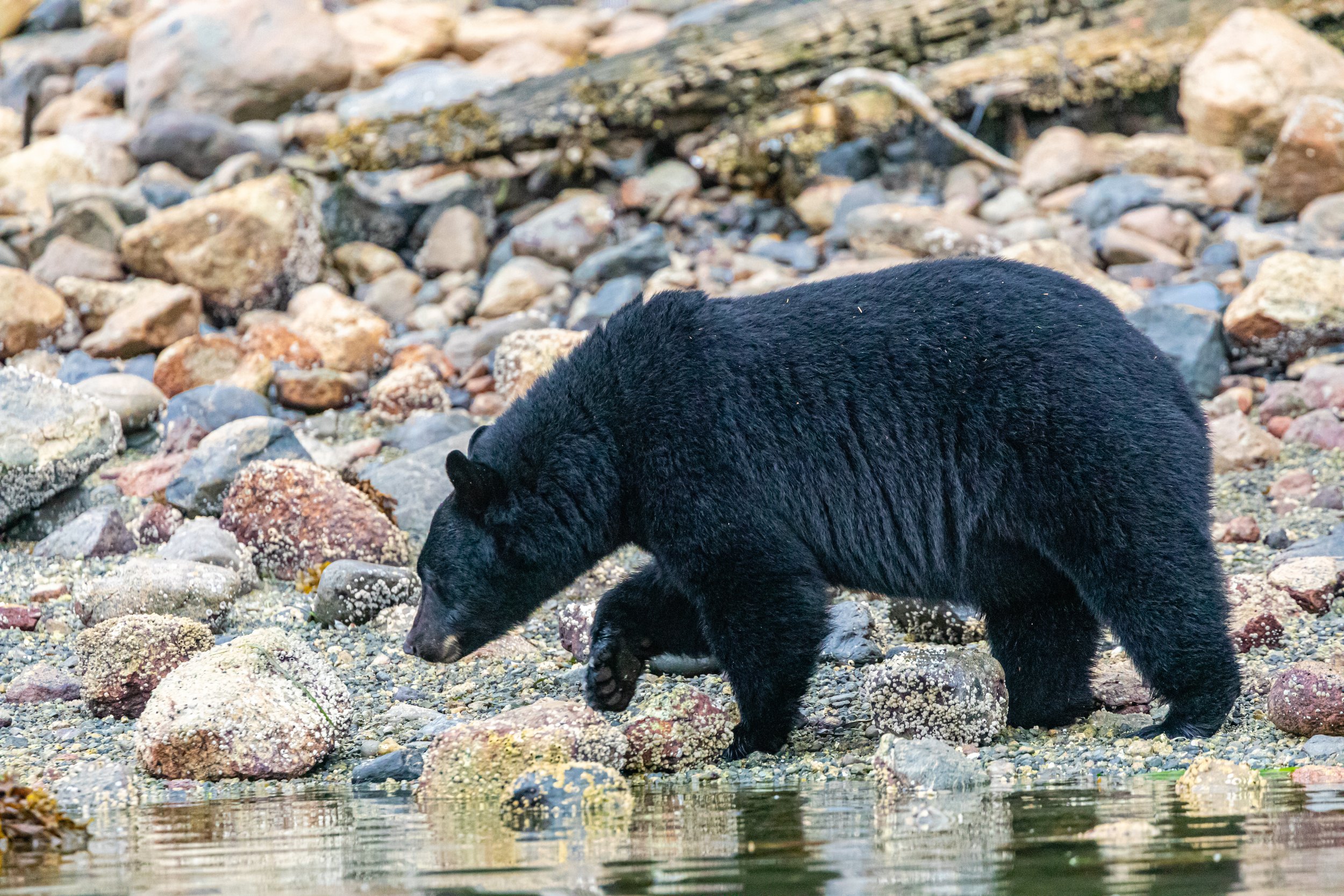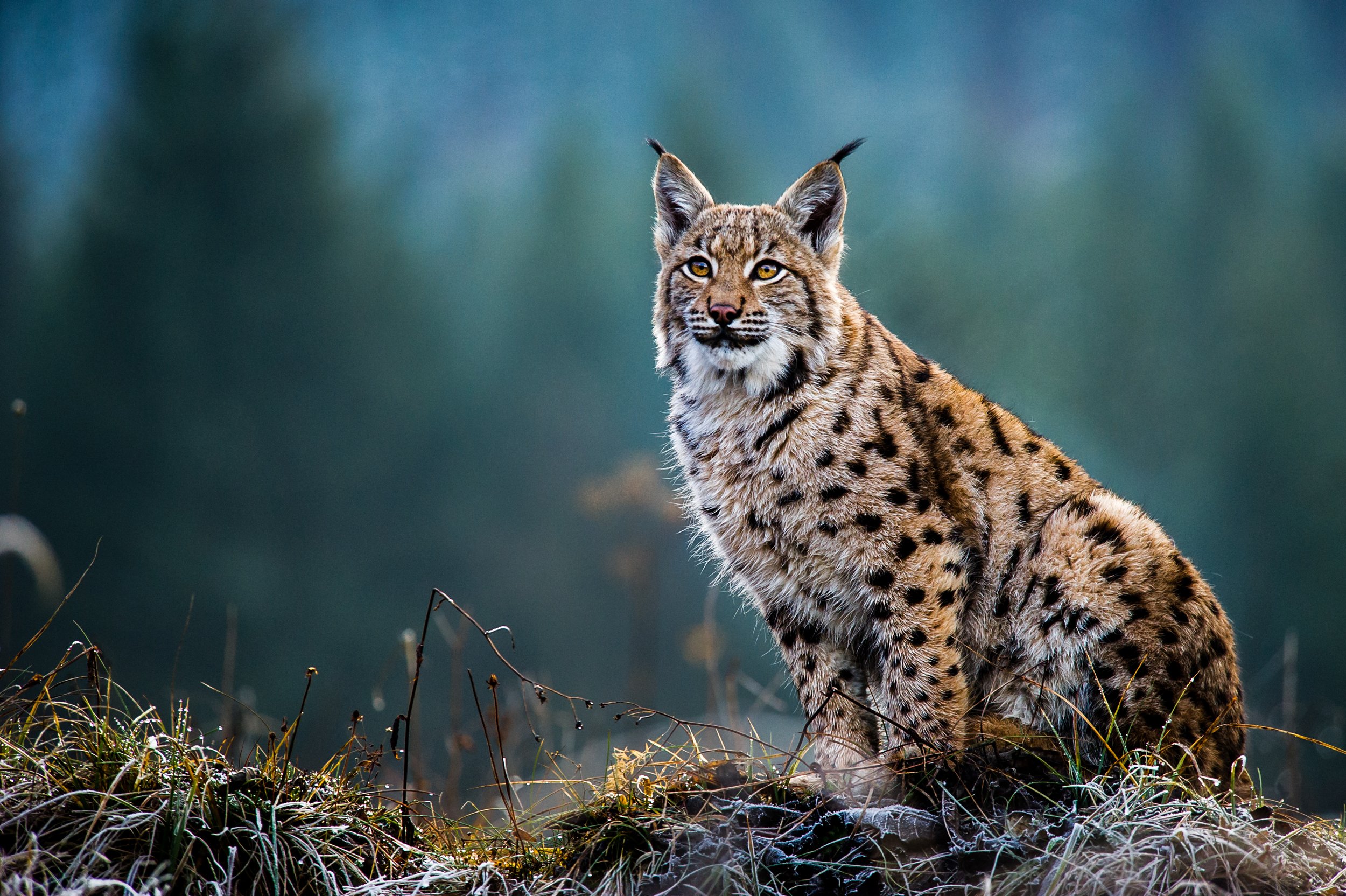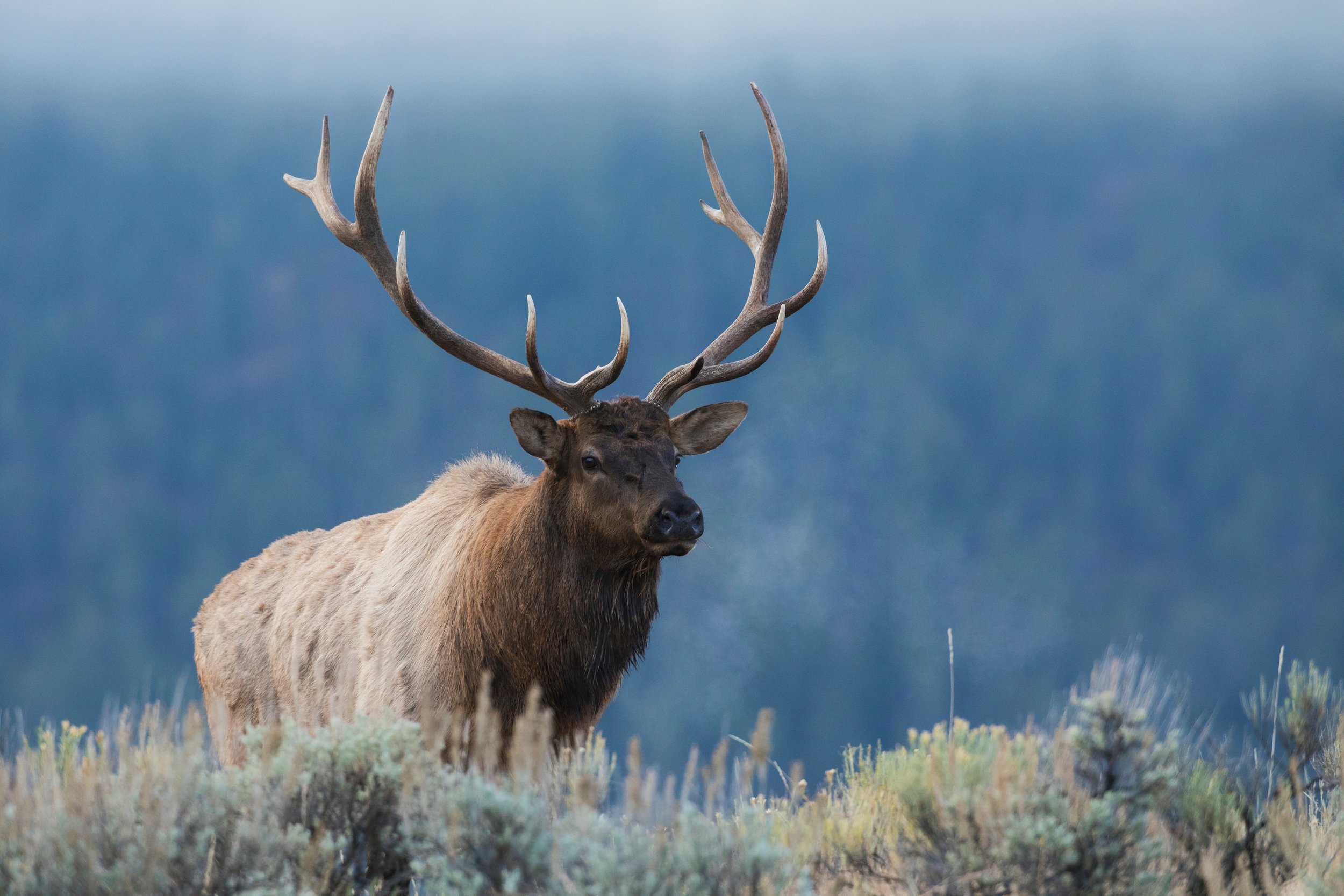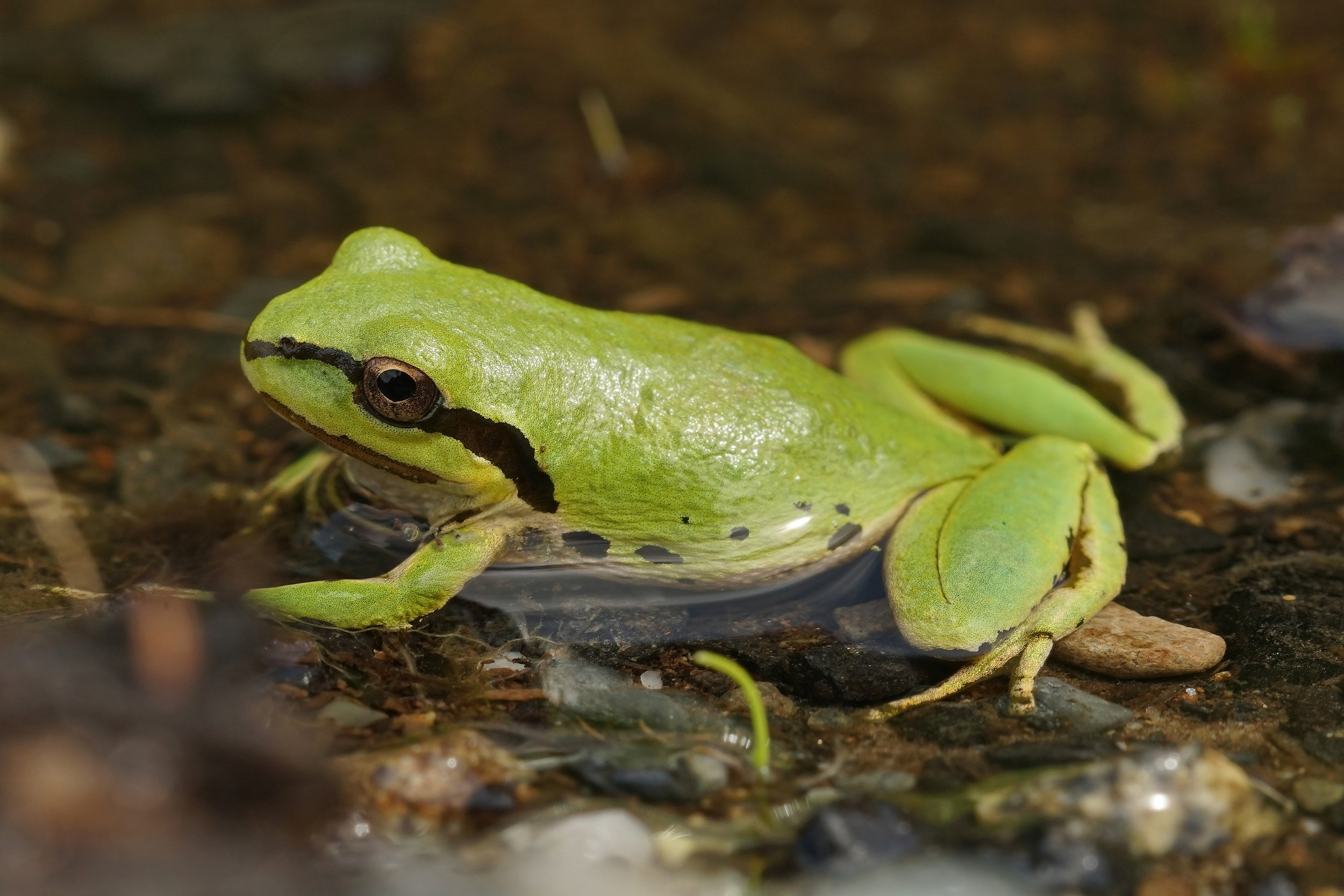Working Together Works: From conflict to cooperation in the Cascade Mountains, USA
This case study has been adapted from A Clouded Leopard in the Middle of the Road (2022) Cornell University Press, by Darryl Jones.
Project Summary
What: The I-90 Wildlife Overpass
Where: The overpass is located at mile-peg 62 (47.322192, -121.324655), about 80 east of Seattle, near Snoqualmie Pass in the Cascade Mountains, Washington State, USA. This section of the I-90 also includes extensive viaduct areas where animals can safely walk under the raised highway.
Who: Washington State Department of Transport (WSDOT) and the I-90 Wildlife Bridges Coalition (WBC)
How: An upgrade to the longest road in the United States of America that resulted in community and industry partnerships to promote wildlife connectivity, driver safety and the importance of collaboration.
The I-90 Wildlife Crossing. Image: Darryl Jones
How did the I-90 overpass come to be built?
The longest road in the United States is Interstate 90 – I-90 – a highway which traverses the entire continent from Seattle in Washington to Boston in Massachusetts, just over 4,860 kilometers (3,000 miles) in length. Just out of Seattle at the western end the highway crosses through the rugged central section of the Cascade Mountains. This spectacular range retains some of the largest tracts of wilderness in the US and is home to iconic species including bears, cougar, elk, wolf and wolverine. Many of these animals move large distances through the mountains and have to cross the numerous roads that are found throughout the region. These crossings are always risky for both animals and motorists but none more so than a section of the I-90 in the middle of the central Cascades known as the Snoqualmie Pass. With about 27,000 vehicles daily through an avalanche-prone zone where you could meet a wall of snow, ice sheet or group of elk around the next bend, this section of road had been a growing problem for some time.
The Washington State Department of Transport (WSDOT) developed a major plan to upgrade the highway in the mid-1990s, which included substantially widening the road and adding additional lanes. At the same time, a diverse group of environmental, conservation and recreation organizations had come together over a shared conviction about the importance of this area for wildlife. This group, the Cascade Conservation Partnership, had been steadily acquiring small parcels of land on either side of the highway in order to provide connectivity across the landscape. Several huge areas on public land already existed in the higher parts of the Cascades – the Alpine Lakes Wilderness, Mt Rainer National Park and the various parts of the vast but discontinuous Wanatchee National Forest – but historically these had been separated by a patchwork of privately-owned parcels. By purchasing over 45,000 hectares (18,000 acres) of these pieces, the Partnership filled in many of the spaces between the large reserves, providing far more coherent and connected landscape.
The US Forest and Wildlife Service (USFWS), a key member of the Partnership, had developed a detailed plan for managing the land next to the I-90 for conservation. After four intensive years of working closely together, these groups justifiably felt they were making a significant contribution to the conservation of local biodiversity. And then, seemingly out of the blue, WSDOT made their I-90 plans public.
When it became clear that the upgrade of the highway involved the removal of a lot of land adjacent to the existing highway currently designated for conservation and that the road planners had more or less ignored habitat connectivity, it’s fair to say that “things escalated quickly”! Having been ensconced in their engineering bubble, WSDOT was surprised at the intensity of the reaction to their plans and the scale of opposition arraigned against them. Unfortunately for them, the existing Cascade Conservation Partnership, who were already used to working effectively together, attracted even more members including, perhaps surprisingly, the extremely influential AAA (American Automobile Association), who were particularly concerned about the safety of motorists. Soon, with over 40 organizations signed up, the original Partnership was renamed the I-90 Wildlife Bridges Coalition (WBC), representing an unusually broad base of interests. The USFWS was especially vocal, incensed that WSDOT thought that they could simply carve off a large amount of conservation land running next to the highway. WSDOT were blindsided: “We do highways. We don’t do wildlife. We just didn’t see this coming,” recalled on of their engineers at the time.
A round-table was hurriedly organized by WSDOT in an attempt to nip the opposition in the bud. It did not start well. “We had all these people in the room, no one trusted anyone, no one knew how we were going to find common ground,” said one of the department people. “DOT knew about roads; we were fixated on engineering. The connectivity issue was simply not part of our mentality at the time.” At the conclusion of their first joint meeting, there appeared no clear way forward. It looked like yet another example of a long, drawn-out drama where animosities increase and positions solidify, with typically lose-lose outcomes.
What was looking like a serious road-block, turned into slightly better traffic flow when some of the WSDOT staff visited their regional administrator (Doug MacDonald at the time) to provide a grim briefing on the first meeting. To their surprise, MacDonald saw the importance of the department fostering a positive relationship with the public, especially when the trend out in the community was now distinctly pro-environment. He insisted that WSDOT engage with the activists rather than being seen as antagonistic. “We need to show that we share the concerns of the community on this. And it is the right thing to do” MacDonald said.
Mule Deer are a common species crossing the I-90 wildlife crossing
From conflict to cooperation
The I-90 Coalition was already actively involved in community out-reach and education. “This was not conducted as an anti-highway or WSDOT-bashing exercise. It was much more focused on explaining the reasons we needed to find a way for our wildlife to be able to pass the highway safely,” said a Coalition spokesperson. When WSDOT joined this effort in a public way, it was initially seen as a defensive move: “We couldn’t let the animals stop the highway, but we realized that we couldn’t let the highway stop the animals either,” said a Department participant. “We realized we had better start thinking about wildlife crossings.”
Before long, however, reticence turned into something almost resembling actual cooperation, perhaps because of the obviously strong support from the public for positive action. “We were used to always being the bad guys but we thought that we had an opportunity to be seen to be pro-environment for a change.” Following an early presentation on the plans for making the highway safer for wildlife, WSDOT received 1,300 comments, almost all of which were in favor of the proposals to enable better connectivity across the highway. “From then on, we knew we had to take this stuff seriously and really begin to work together with all the groups.”
One outcome of this increased cooperation was the commissioning of studies that would inform the best ways to enhance the connectivity. Charlie Raines, the Wildlife Bridges Coalition Director, was particularly pleased to see how these collaborations led to mutual respect among the groups. “Everyone started to see things from other perspectives. There was a much greater appreciation of the complexity of the challenges we all faced.”
Some of the species that benefit from the I-90 wildlife crossing (from left to right): Black Bear (Ursus americanus), Bobcat (Lynx rufus), Elk (Cervus canadensis) and the Pacific Tree Frog (Pseudacris regilla).
How the decision makers were convinced
The most serious obstacle was not, however, overpass location options or bureaucratic inertia; it was money! The expanded proposal, developed painstakingly though an enormous effort by a lot of people, was visionary and exciting, but extremely expensive. And the bulk of the cash had to come from the State legislature, an august but hard-nosed group of elected officials who took their custodianship of the public’s taxes very seriously indeed. They were happy to fund an upgraded highway but paying enormous amounts of cash for wildlife bridges was a very different thing. What they had not expected was a very detailed proposal presented jointly by the environmental groups and WSDOT. In an unprecedented and symbolic move, Charlie Raines, I-90 Coalition Director and Don Whitehouse, a WSDOT administrator made their case together, with Charlie pointing out the necessity for an upgraded road and Don arguing that environmental connectivity was vital. For those present, this show of genuine solidarity made an enormous impact on the members of the legislature. Only a few years later, Charlie and Don reunited on the I-90 to witness the first concrete spans of a wildlife overpass being lowered into place over the highway. There was plenty of emotion among the assembled crowd of Coalition members and supporters. “It really is a dream come true!” announced a beaming Charlie Raines to cheers and tears.
Today, bear and cougar, deer and elk, wolves and even wolverine, cross the I-90 regularly, barely aware of the steady lines of traffic beneath them. A little further west, the highway has been raised above the land, providing a vast viaduct for animals to move under the road. This section of the I-90 is one of the most permeable roads in the country now.
Further information
Information on this project can be found in the following websites and press stories:
The I-90 Wildlife Corridor Campaign, hosted by Conservation Northwest. This link includes access to the documentary outlining the whole story, Cascade Crossroads https://conservationnw.org/our-work/habitat/i-90/
America’s Transportation Awards https://americastransportationawards.org/2019-projects/2019-washto-projects
Seattle Times: ‘The I-90 wildlife overpass is underway.’ https://www.seattletimes.com/seattle-news/environment/work-advances-on-i-90-wildlife-bridge/
Video of wildlife crossing the overpass from the WSDOT surveillance cameras:https://www.youtube.com/watch?v=xVRRK5c76xg&ab_channel=wsdot
Author
Darryl Jones, Griffith University
Contact: d.jones@griffith.edu.au


